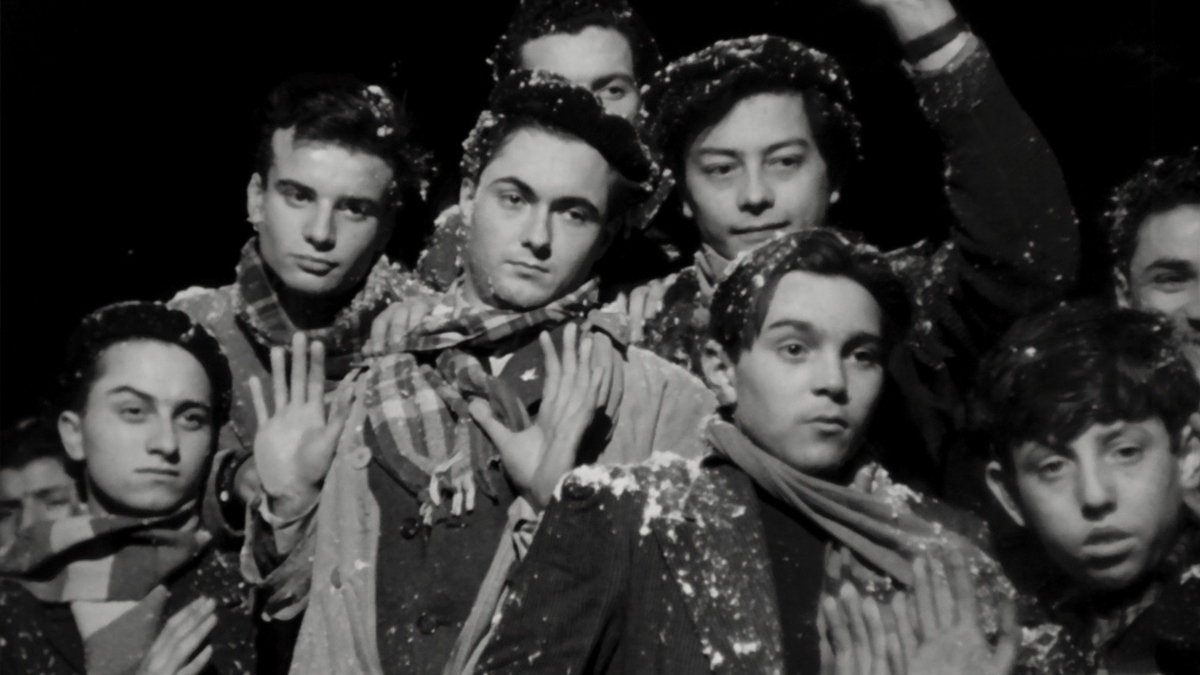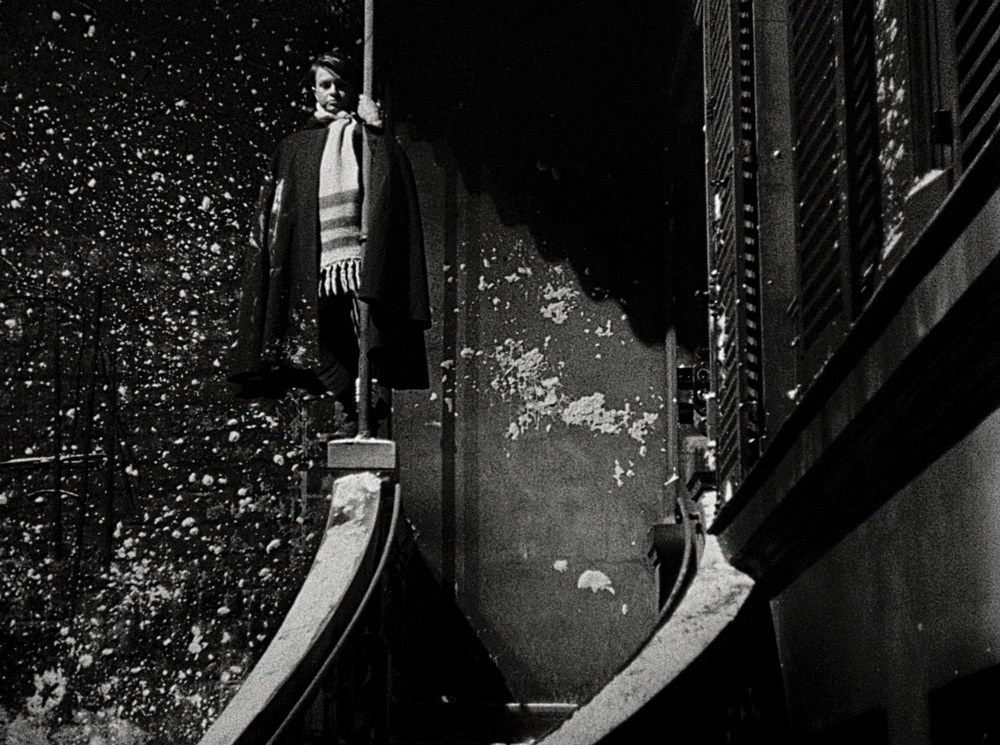
©1950 Carole Weisweiller (all rights reserved) Restauration in 4K in 2020 . ReallyLikeFilms
"Les Enfants Terribles" by Melville Cocteau Ore snowballs continue to emit a dull light
2021.10.03
surrender to beauty
"I had Cocteau run around the studio before recording his heartbeat, because his heart had to beat very fast and hard." (Jean-Pierre Melville)
The narration for "Les Enfants Terribles" is provided by Jean Cocteau, the author of the novel. His narration resonates throughout the film like a beautiful song. In the scene where the doctor puts a stethoscope on Paul, the heartbeat of Jean Cocteau is used. It may have been a playful idea at the time of production, but the idea itself is very Jean Cocteau-like. Now, 70 years after the film's production, and into the future, every time we experience this film, we will hear Jean Cocteau's heartbeat, which has been preserved forever.

“Les Enfants Terribles” ©1950 Carole Weisweiller (all rights reserved) Restauration in 4K in 2020 . ReallyLikeFilms
The film captures scenes of Elisabeth frequently going in and out of doors. On the other side of the door (at the back of the screen), a brother and sister are arguing loudly over who will take a bath first. When Gérard, who is outside, closes the door to shut out the commotion, water leaks in through the gap. When a man approaches him, Gérard evades the question with a wry smile. The door is at the center of beautifully written images sketched out in this scene and other such scenes.
Even after the four of them move to a larger mansion with Agathe (played by Renée Cosima in a dual role), who looks just like Darjuros, Elisabeth still goes in and out of the rooms through the doors (but Paul's room is a temporary space separated by a simple fence). However, Elisabeth's walking style in the mansion is not the same lively one she used to have. She walks slowly, as if she has lost all her strength. The camera captures Elisabeth from above as she wanders from side to side around the mansion like a ghost.
Just as in " Orphée ," no one paid any particular attention to the glass seller wandering through the looking-glass world, Elisabeth is in the mansion, "between" this world and the next. Only the camera, capturing the scene from above, knows how Elisabeth walks from Paul's room to Agathe's. The memories of Elisabeth's gestures and voice reside in the walls and ceilings of the mansion. Just like in " The Silence of the Sea ," only the walls of the room remember the story of the German officer who keeps talking to himself.
Just as the glass seller in Looking-Glass Land loses its raison d'être, Elisabeth is gradually losing her "meaning" in the mansion, and she is aware of this herself. She is no longer able to control Paul. The hypnosis she cast on Paul comes back to Elisabeth. As the film progresses, we recall how their faces, pressed together, are becoming more and more alike. The close-ups of their statue-like faces are probably the result of their similarity as faces at the mercy of beauty. The headstrong Elisabeth succumbs to the beauty.
In "Les Enfants Terribles," the beauty and cruelty of being at the mercy of someone is woven together with the skill of polishing a mineral. The mineral hidden in the snowball will continue to shine dully in our hearts forever.
*1 "Godard Complete Essays and Statements I 1950-1967" by Jean-Luc Godard, translated by Akio Okumura (Chikuma Shobo)
*2 "The Cinematic Life of The Samurai Jean-Pierre Melville" by Rui Nogueira, translated by Maki Inoue (Shobunsha Publishing)
Text: Daiji Miyashiro (maplecat-eve)
Movie criticism. Contributed commentary to Eureka's ``Wes Anderson Special'', Real Sound, Toshio Matsumoto special pamphlet, etc.
Pre-order "Les Enfants Terribles" now:
"The Les Enfants Terribles"
Nationwide release from Saturday, October 2, 2021 at Theater Image Forum and other venues
©1950 Carole Weisweiller (all rights reserved) Restauration in 4K in 2020 . ReallyLikeFilms

